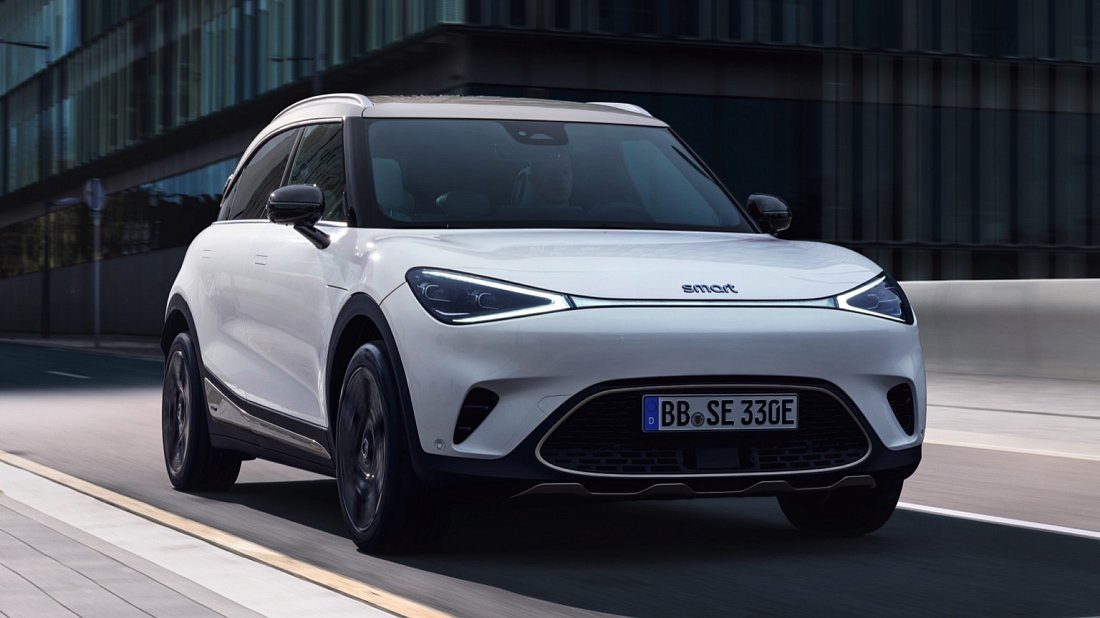EURO 1-phase 10A
- Socket specs
Socket specs
- 230 V, 10 A, 1-phase
- Socket output
Socket output
- 2.3 kW
- Charging 20-80%
Charging 20-80%
- 17 h 58 min (~15 km/h)

The Smart #1 Premium is an all-electric rear-wheel drive SUV. It came out in 2023. Brand new, the car starts around €44,990.
The Smart #1 Premium has a 66 kWh battery pack, allowing it to travel up to 374 km on a single charge. The car has an average efficiency of 16.6 kWh per 100 km (or 166 Wh/km) — ranked №298 out of 586 electric vehicles.
The Smart #1 Premium achieves a 0 to 100 km/h acceleration in 6.7 seconds (placing it at №279 among 586 electric vehicles) and attains a maximum speed of 180 km/h.
Its powertrain provides a power output of up to 200 kW (268 hp) and a torque of 343 Nm.
The estimated real-world range for Smart #1 Premium falls between 337–411 km, ranking it №298 out of 586 electric vehicles. Several conditions can influence this range:
These figures are approximations, and your actual driving range may vary. When planning trips, consider these factors and be prepared for potential charging stops.
For trip planning assistance, utilize the EV Navigation interactive map.
For faster charging, use DC fast-charging stations. The Smart #1 Premium supports a maximum DC charging rate of 150 kW, but it's important to note that battery temperature and current charge level can affect the actual charging speed you'll experience.
To estimate charging time, rate, and cost, you can use our Charging calculator.
The size and weight specifications for Smart #1 Premium are as follows:
The rear cargo area of the Smart #1 Premium provides 323 litres of space when the rear seats are upright (ranked №468 out of 586 electric vehicles).
Folding these seats down unlocks a maximum cargo capacity of 986 litres (ranked №468 out of 586 electric vehicles).
In addition, the car has a frunk, a front compartment with 15 litres dedicated to smaller items.